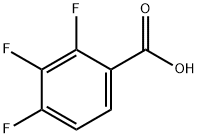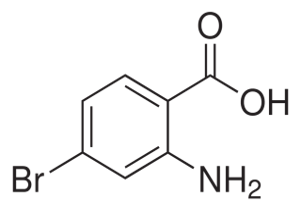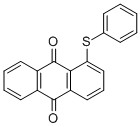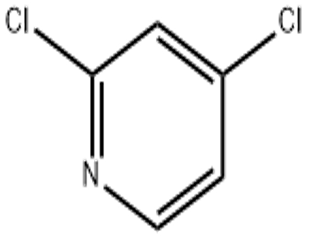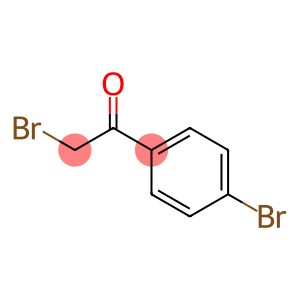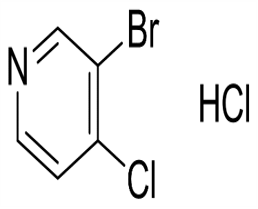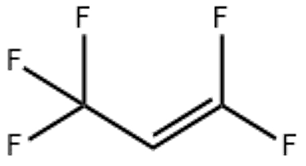2 3 4-Trifluorobenzoic acid(CAS# 61079-72-9)
| Hazard Symbols | Xi – Irritant |
| Risk Codes | 36/37/38 – Irritating to eyes, respiratory system and skin. |
| Safety Description | S26 – In case of contact with eyes, rinse immediately with plenty of water and seek medical advice. S37/39 – Wear suitable gloves and eye/face protection S36 – Wear suitable protective clothing. |
| WGK Germany | 3 |
| HS Code | 29163990 |
| Hazard Class | IRRITANT |
Introduction
2,3,4-Trifluorobenzoic acid is an organic compound. The following is an introduction to its nature, use, preparation method and safety information:
Quality:
- Appearance: 2,3,4-trifluorobenzoic acid is a colorless crystalline solid.
- Solubility: It is soluble in organic solvents such as ethers and alcohols and slightly soluble in water.
- Stability: Relatively stable at room temperature, but can be reduced by strong oxidants or reducing agents at high temperatures.
- Density: approx. 1.63 g/cm³.
Use:
- 2,3,4-Trifluorobenzoic acid is commonly used as an important intermediate in organic synthesis.
- It can also be used as a flame retardant in coatings, dyes, plastics, and polymers.
Method:
2,3,4-Trifluorobenzoic acid can be prepared by the following synthetic pathways:
- Benzoic acid is reacted with trifluoroacetyl chloride to produce 2,3,4-trifluorobenzoyl chloride.
- Then, 2,3,4-trifluorobenzoyl chloride is reacted with water to give 2,3,4-trifluorobenzoic acid.
Safety Information:
- The dust and vapor of 2,3,4-trifluorobenzoic acid may cause irritation to the eyes, skin and respiratory system.
- Wear appropriate personal protective equipment such as protective eyewear, gloves, and protective masks when using or handling.
- When exposed to the compound, the affected area should be washed immediately with clean water and medical attention should be sought as soon as possible.
- When storing and handling, proper safety measures and procedures should be observed, such as maintaining a well-ventilated environment and avoiding contact with incompatible substances.


